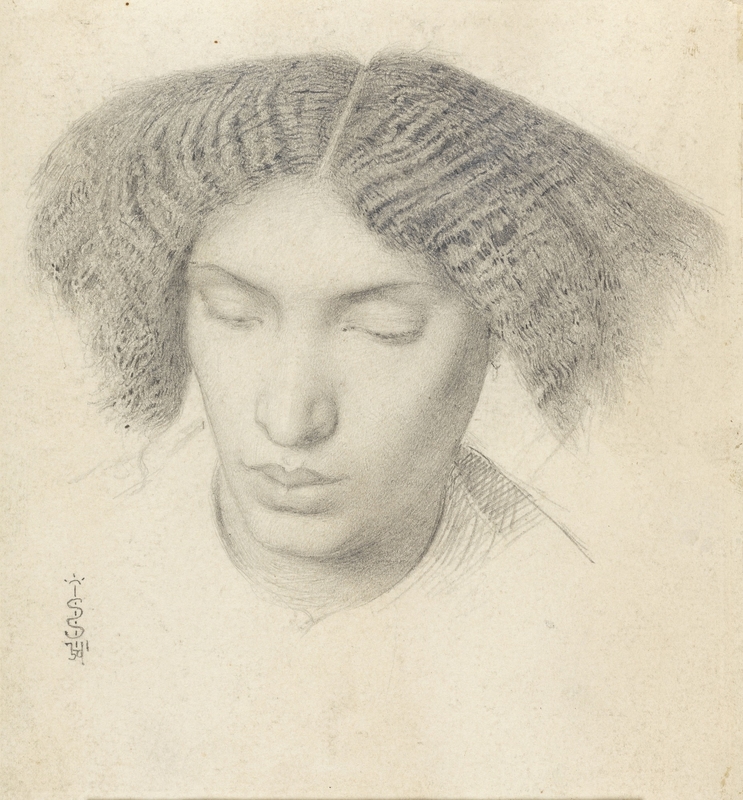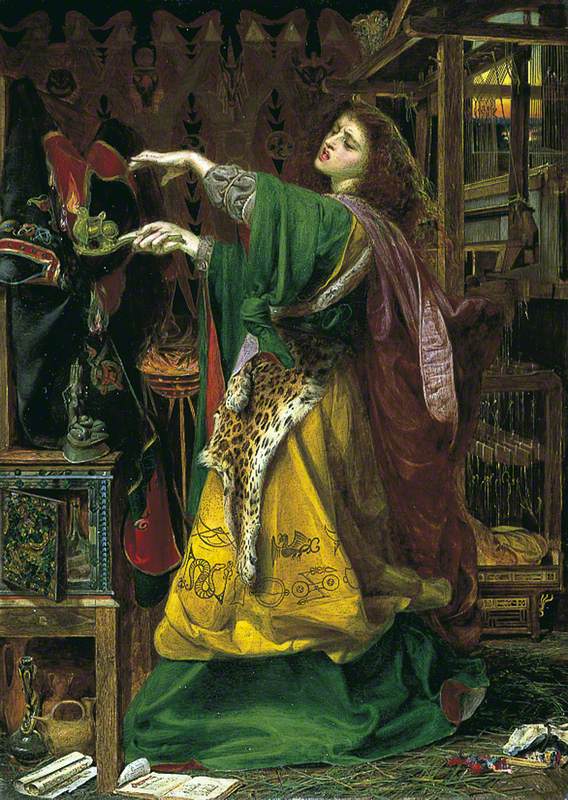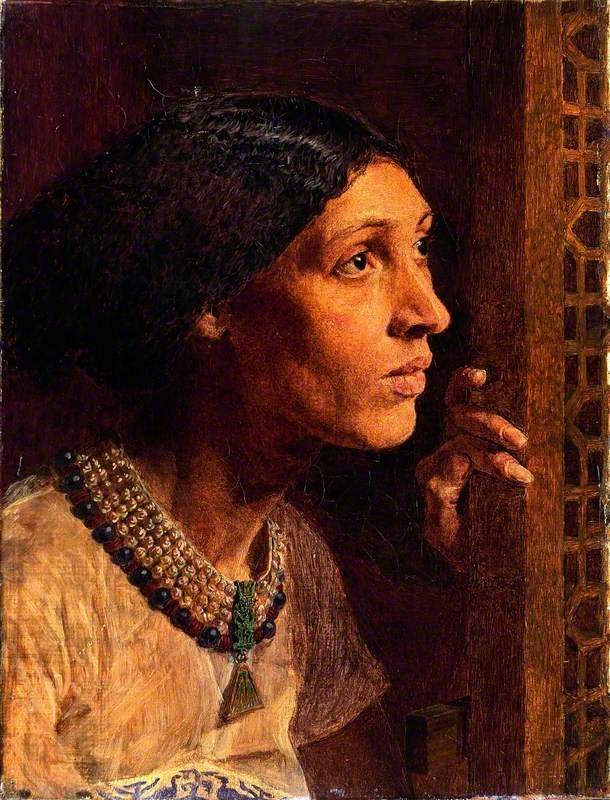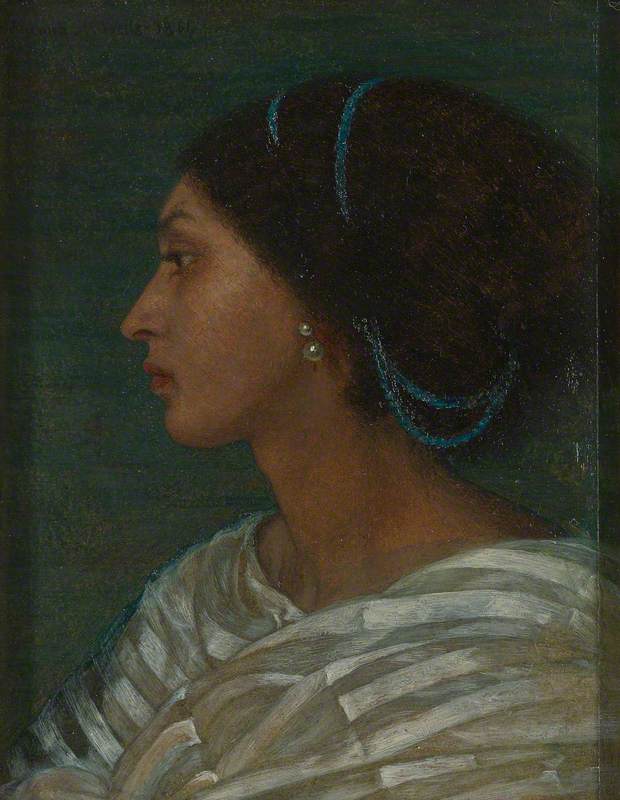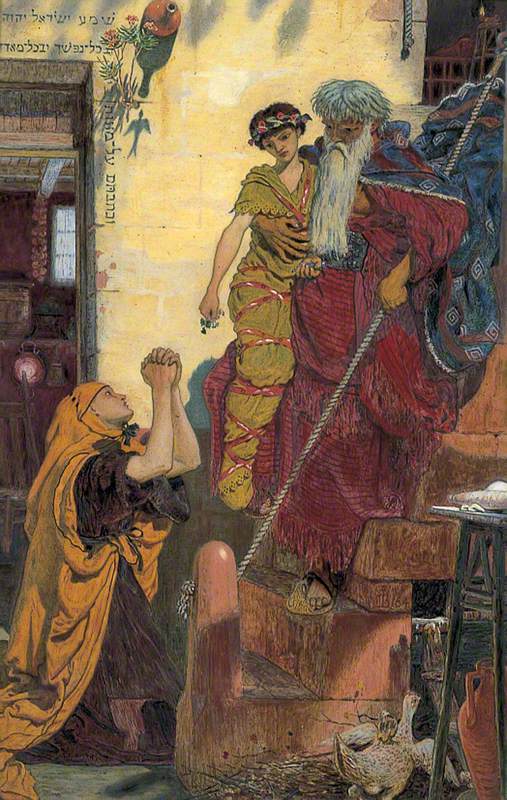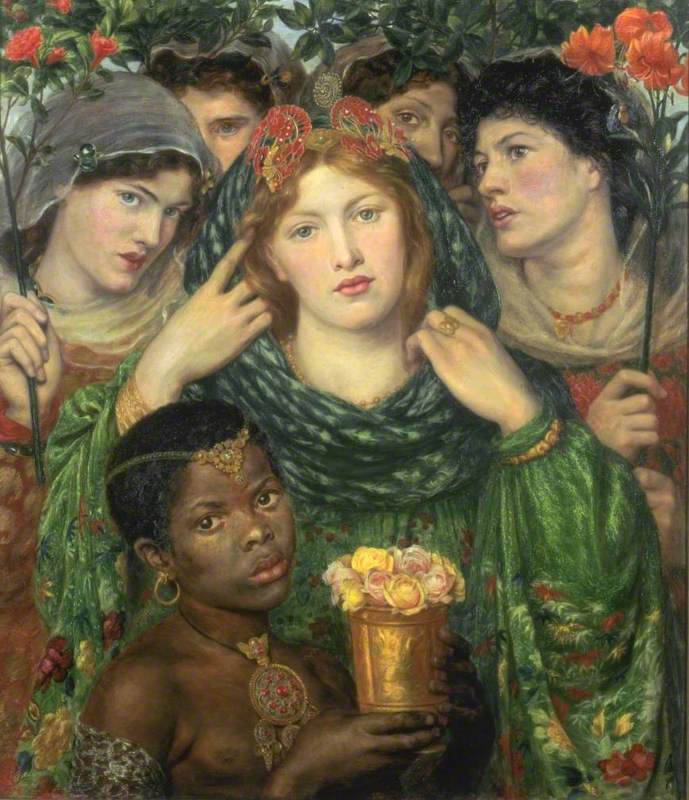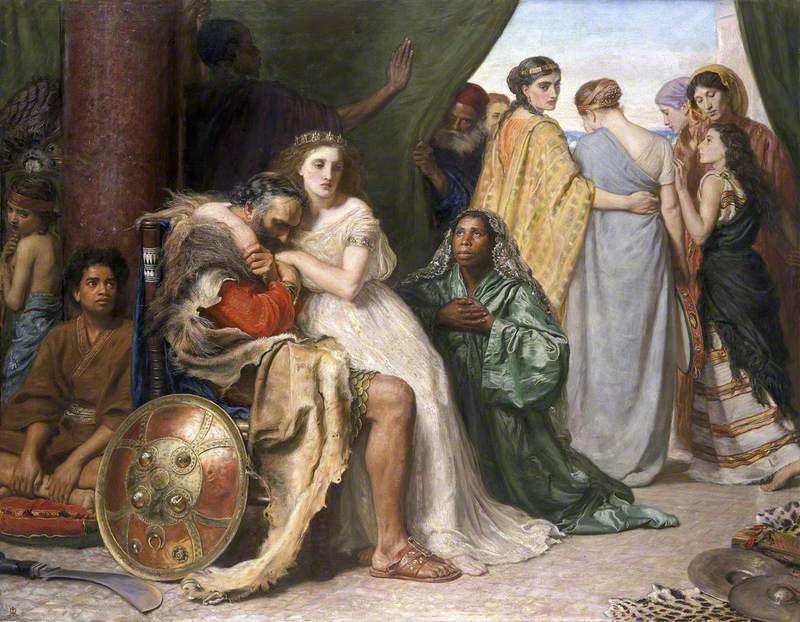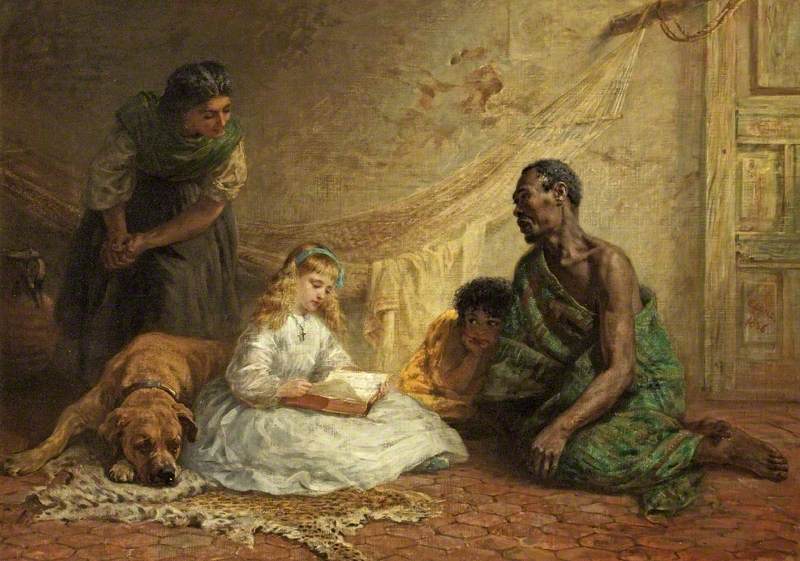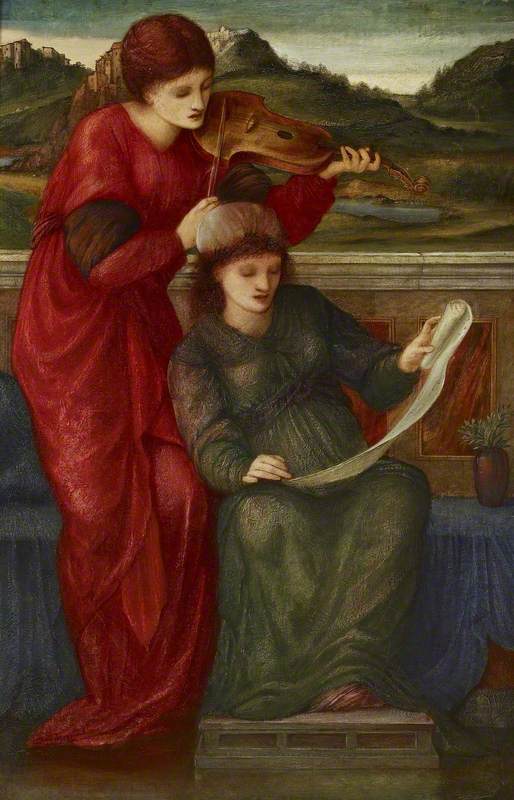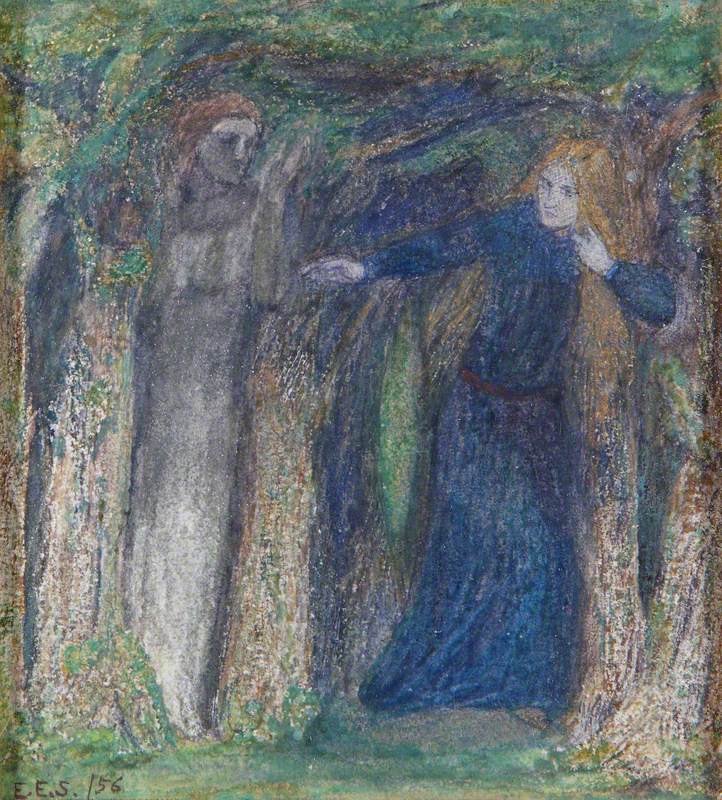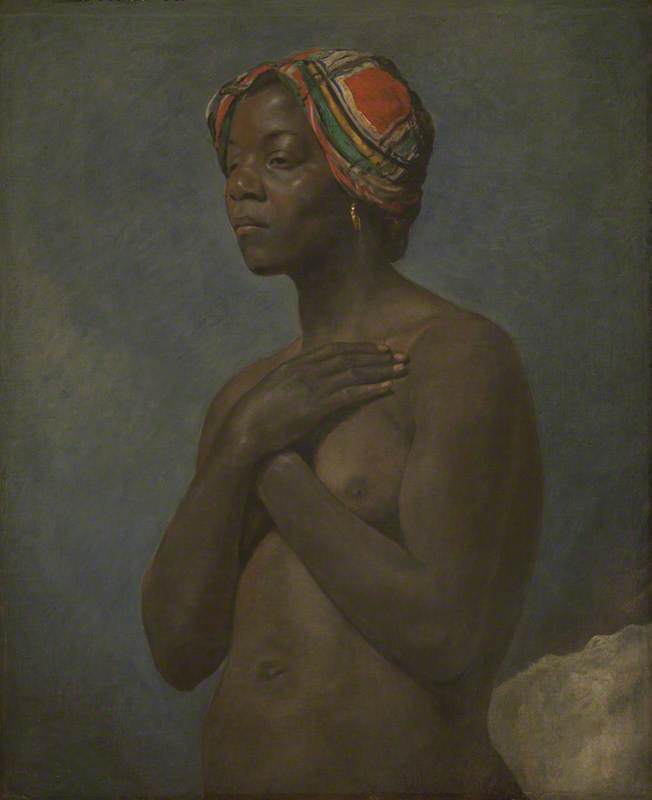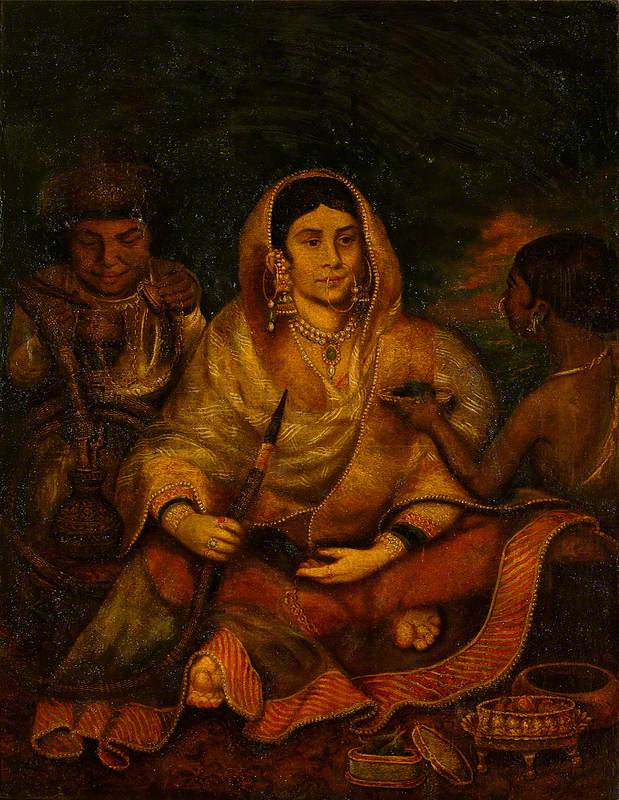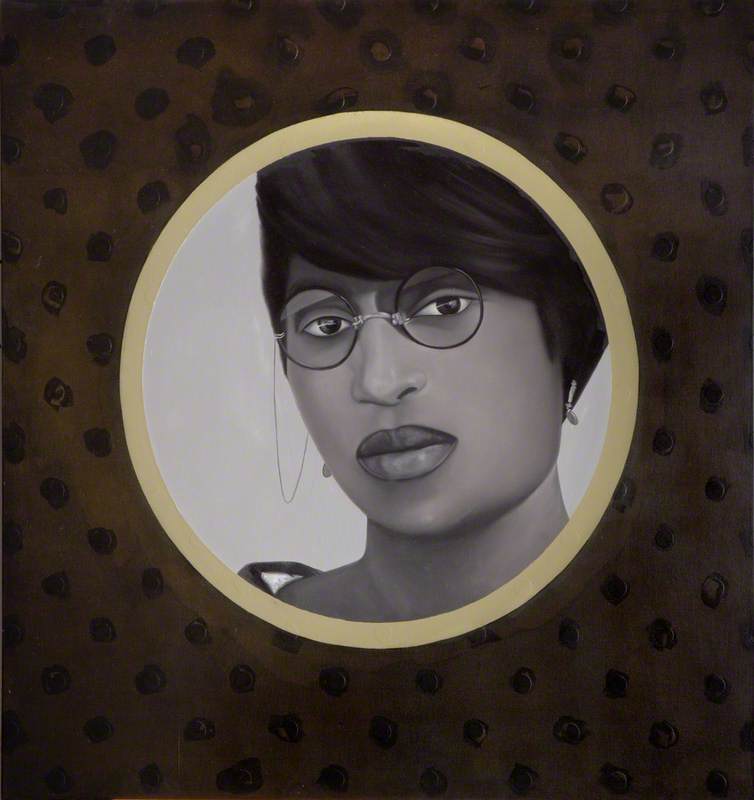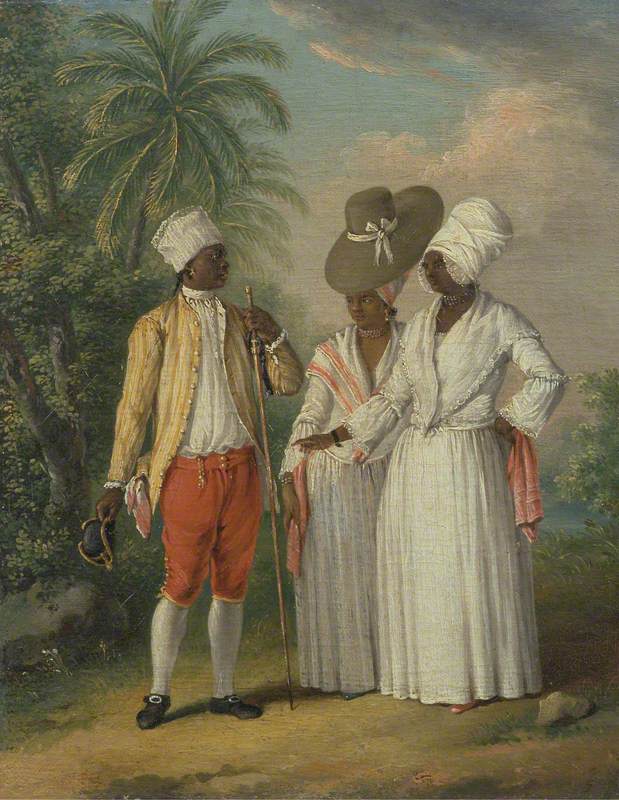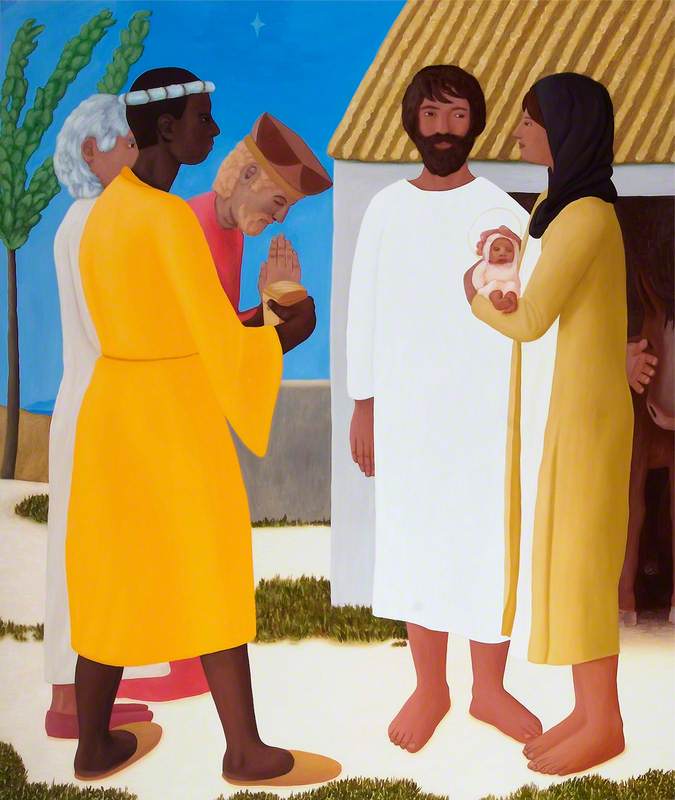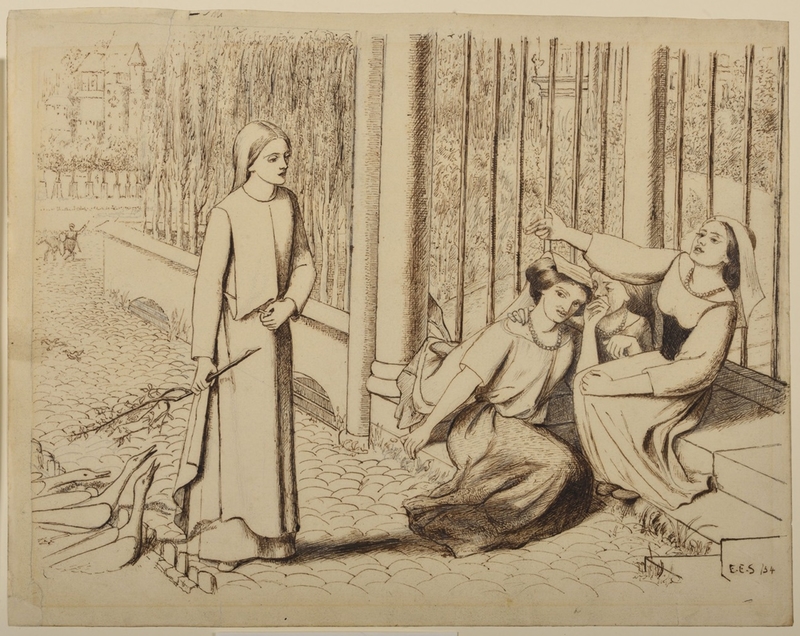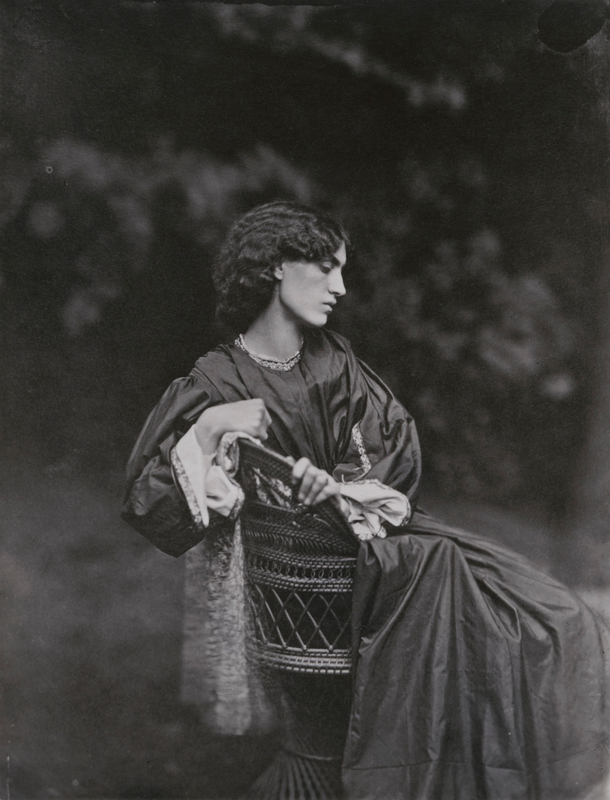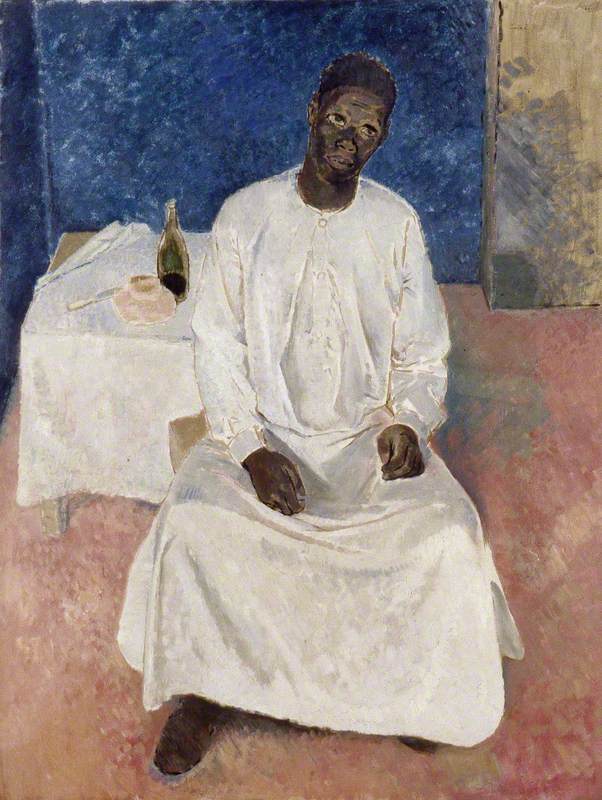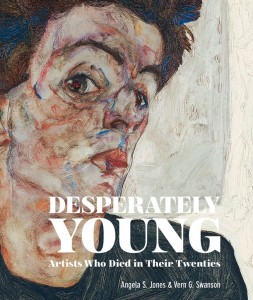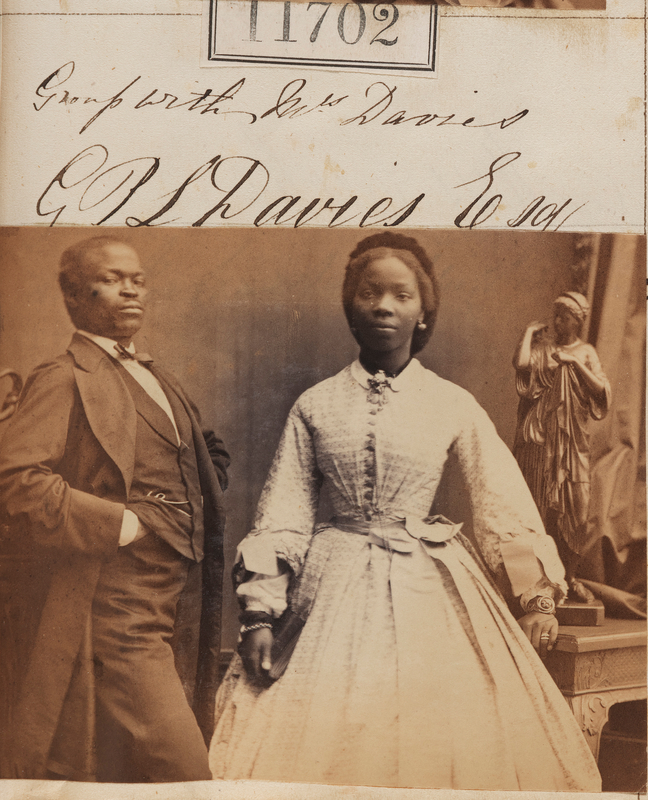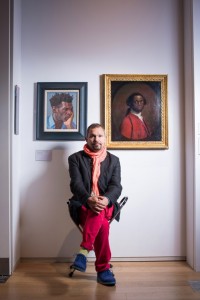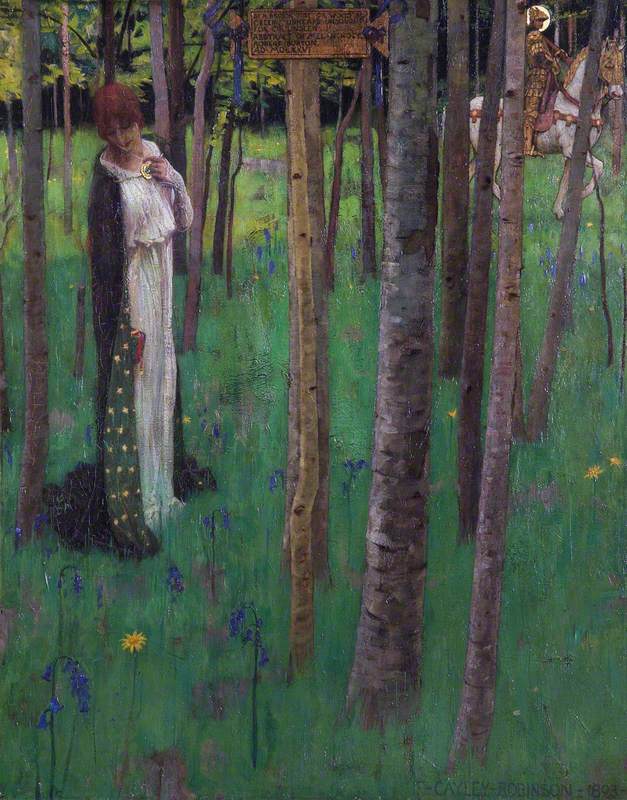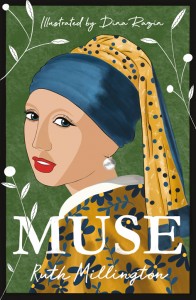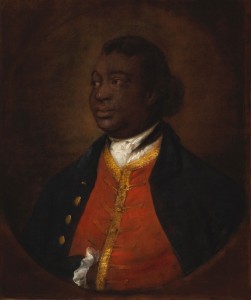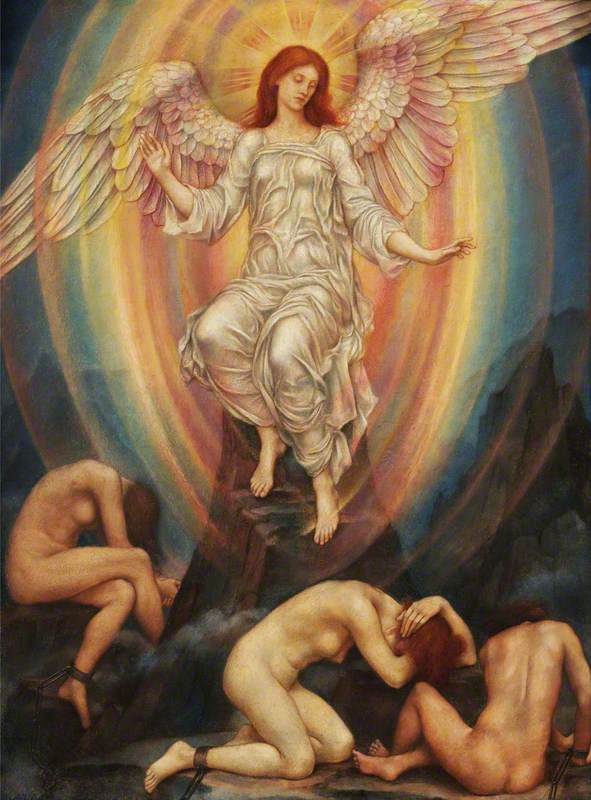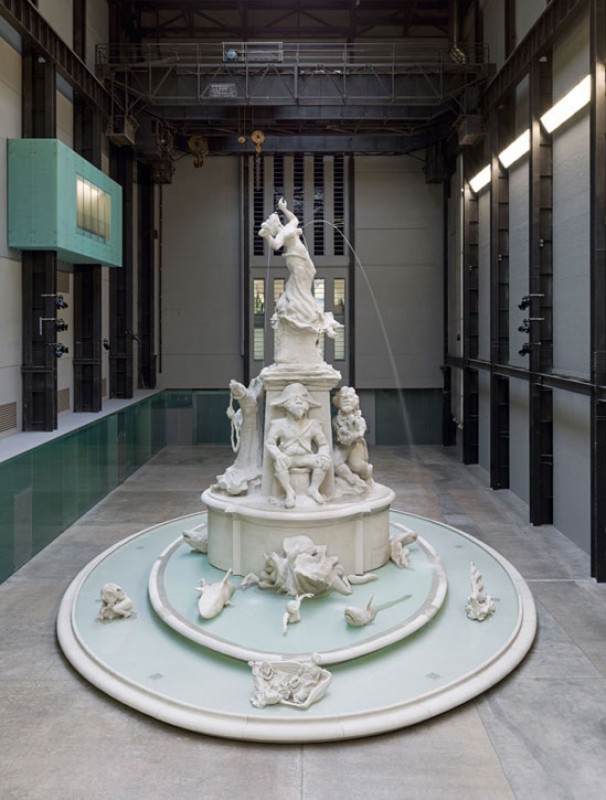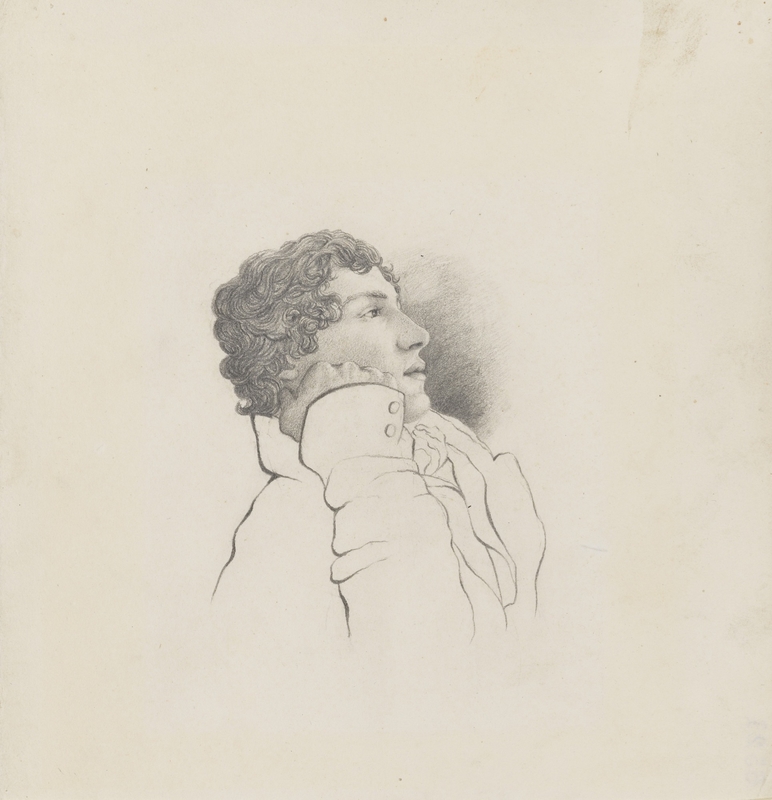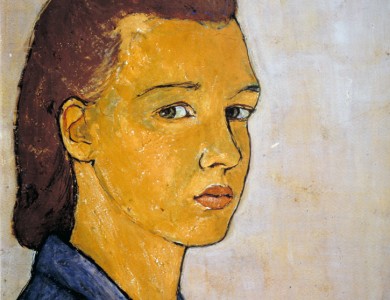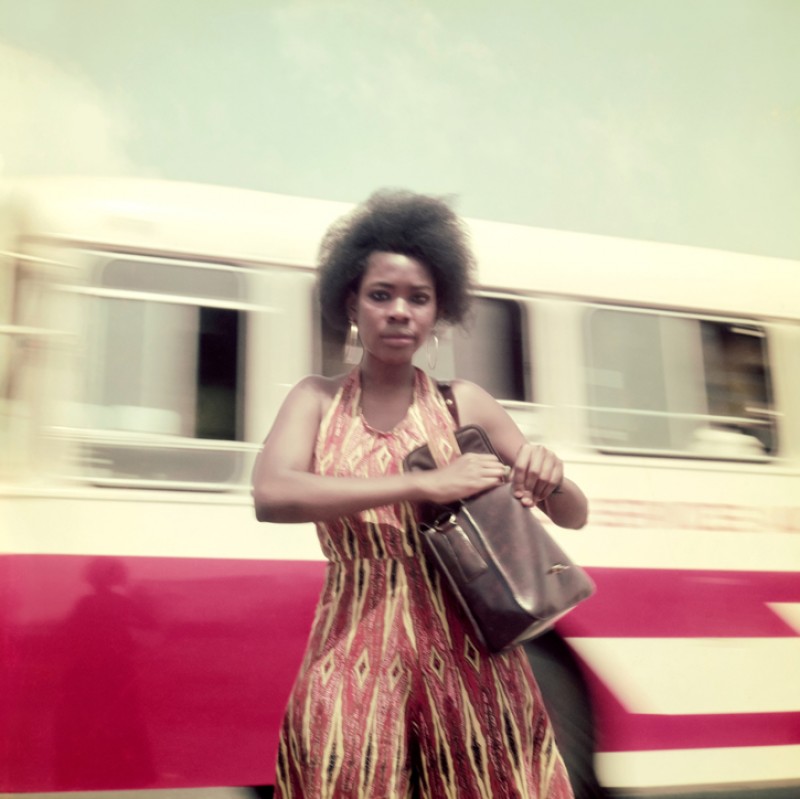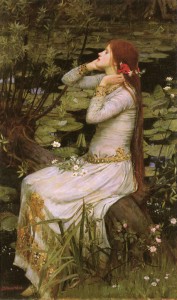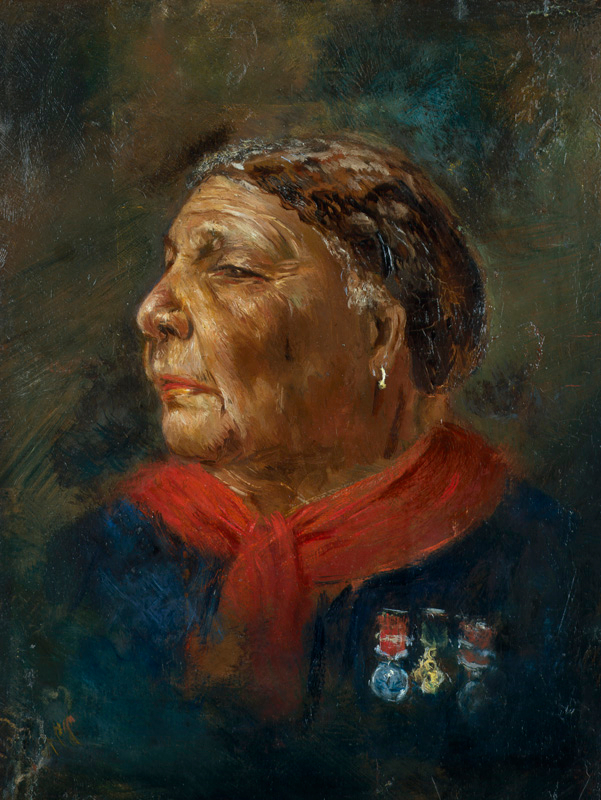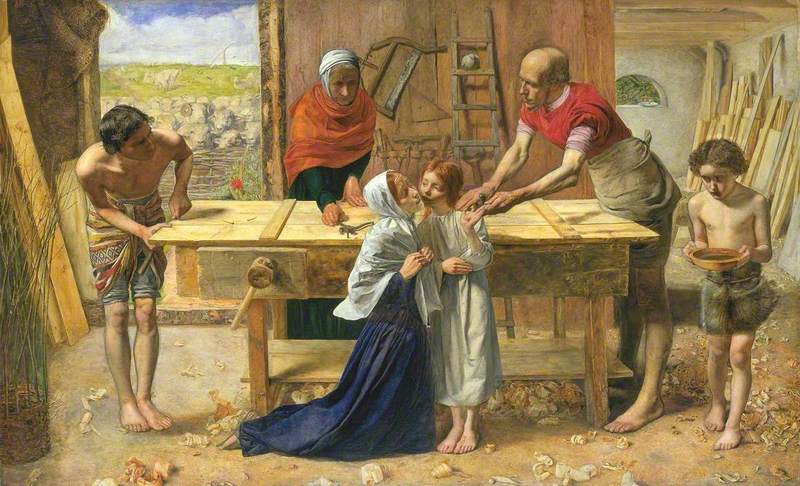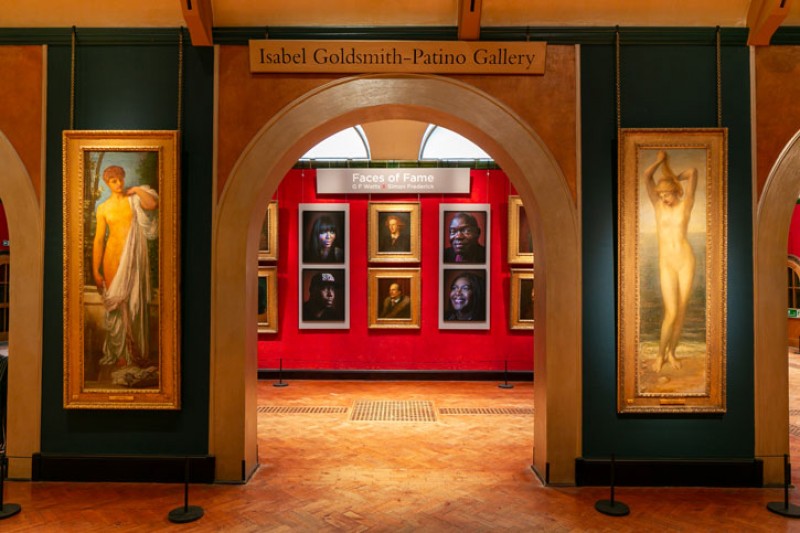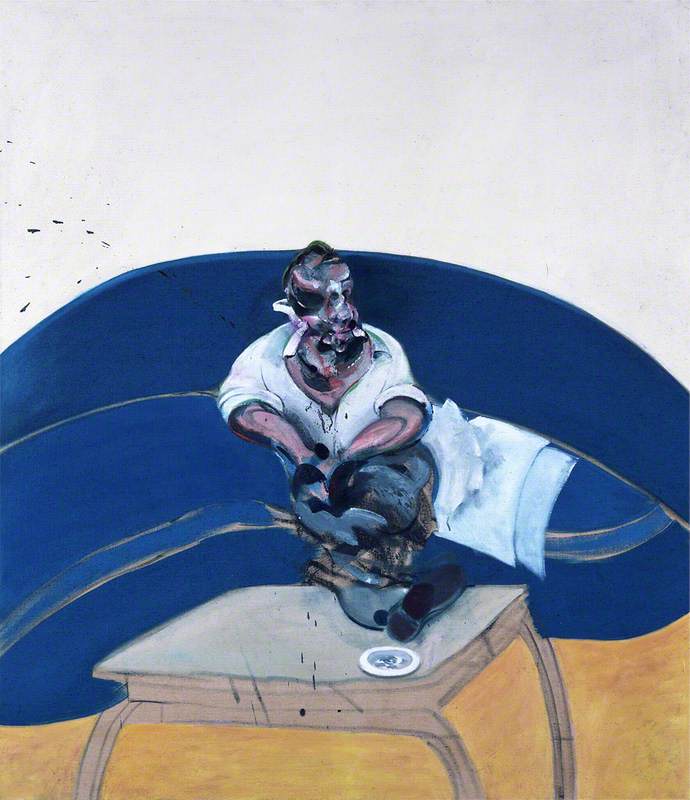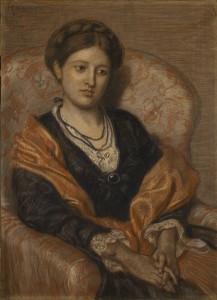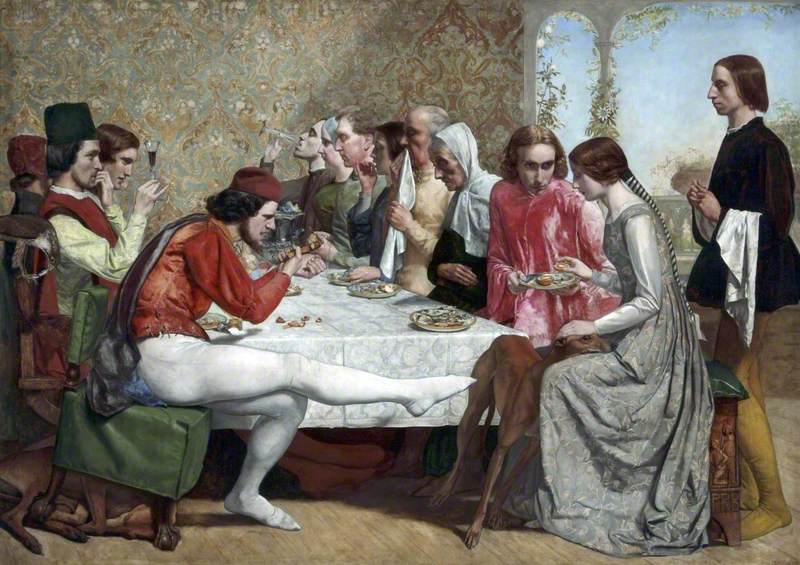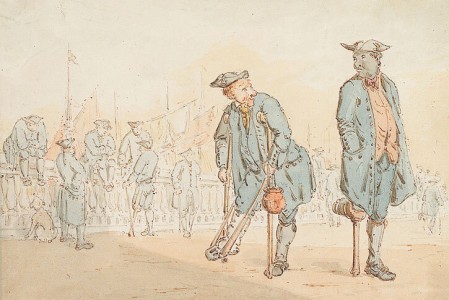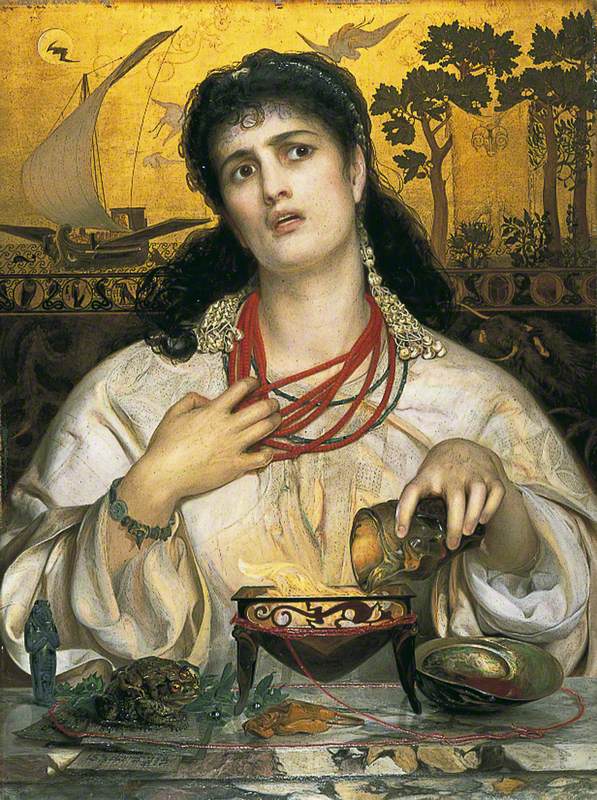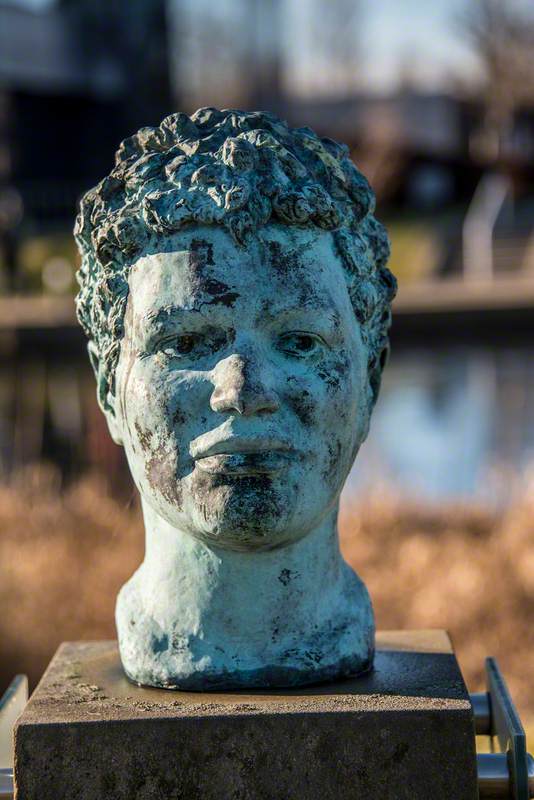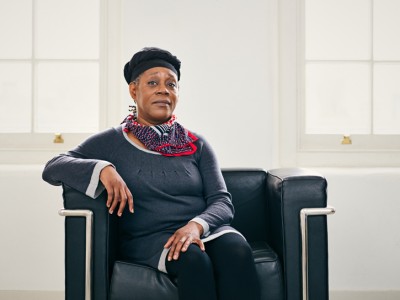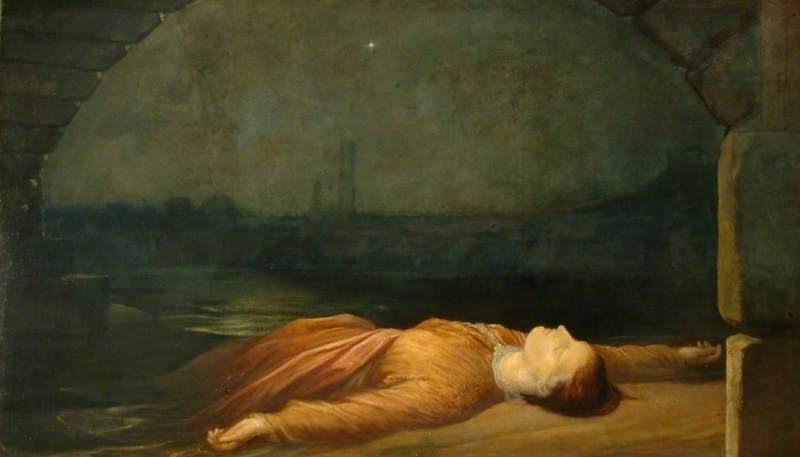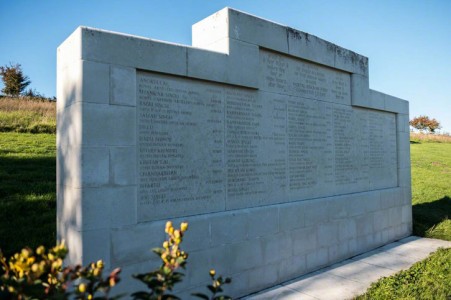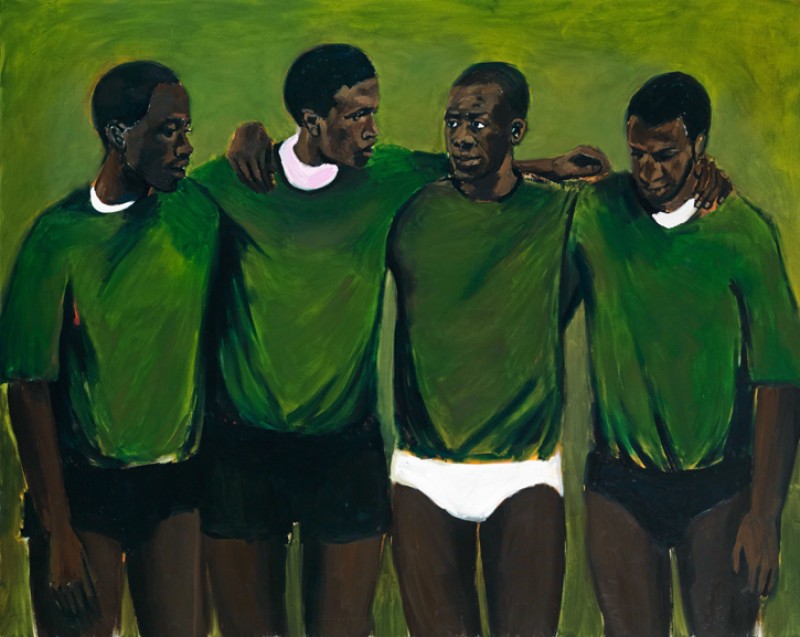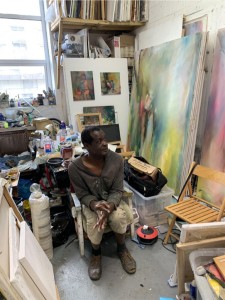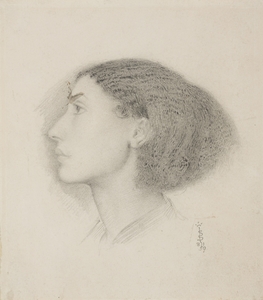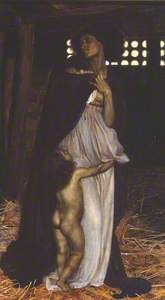When we think of Pre-Raphaelite women, the first vision that comes to mind is probably porcelain skin and flaming auburn hair, the angular face of Jane Morris and the ethereal beauty of Elizabeth 'Lizzie' Siddal.
Mirroring Victorian attitudes and demographics, representations of idealised beauty in Britain (and western art in general) were typically 'white'. However, you may be surprised to learn that one of the most influential muses to the Pre-Raphaelites during the mid-nineteenth century was Fanny Eaton (1835–1924), a Jamaican-born woman who came to London as an infant – shortly after the abolition of slavery in British colonies.
Mrs Fanny Eaton
c.1859–1860, black, red & white chalk on cream wove paper by Walter Fryer Stocks (1842–1915) 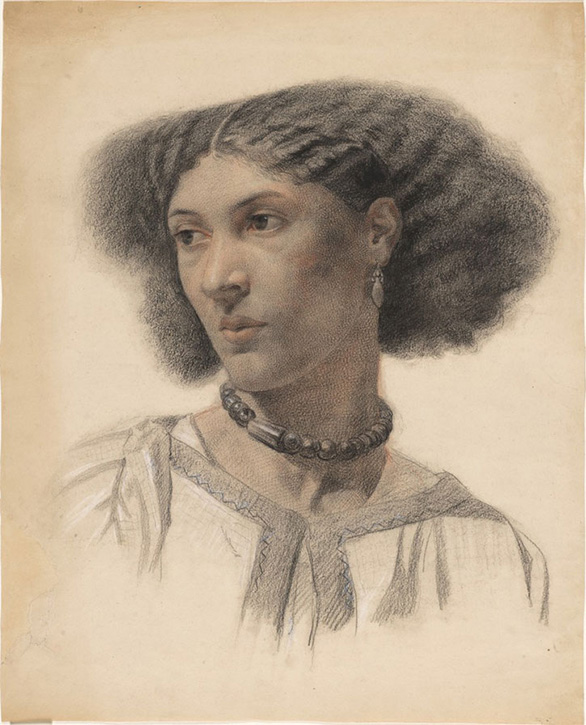
Eaton's presence in Pre-Raphaelite art encourages us to reconsider nineteenth-century perceptions about both race and beauty. For the artists affiliated with the Pre-Raphaelite Brotherhood, Eaton's beauty was virtually unparalleled. Through their paintings, it could be argued that they empowered Eaton, showing her beauty in a dignified and socially conscious manner. Alternatively, some art historians argue that certain artists fetishised Eaton as an exotic 'Other'. Whether you agree with the former or latter, it is clear that Eaton had a profound influence on painters of her era, though only in the past few years has she attracted scholarly research.
Still today, Fanny Eaton's presence in British art history is downplayed. However, a few art historians – such as Roberto C. Ferrari and Jan Marsh, curator of the exhibitions 'Black Victorians' (2005) and 'The Pre-Raphaelite Sisters' currently on at the National Portrait Gallery – have paid particular attention to Eaton.
As well as regularly modelling at the Royal Academy, Eaton was widowed young, and was therefore a single mother to ten children for most of her life. Here, we celebrate her impact on art through a selection of drawings and paintings, both in UK collections and around the world.
Born 'Fanny Matilda Antwistle' in St Andrew, Jamaica, on 23rd June 1835, Eaton was the daughter of Matilda Foster, a former slave who had worked on the British-owned plantations. The young Fanny was recorded as 'mulatto', a pejorative and outdated term once used to describe someone of 'mixed race' – it is quite possible that she had a white European father, possibly the British soldier James Entwistle (or Antwistle). No substantial information about Eaton's father has yet been found.
Eaton and her mother left Jamaica for Britain sometime in the 1840s. The Atlantic Slave Trade had been abolished in 1807, but it was only in 1834 that slavery was abolished entirely in Britain's colonies. Despite new legislation, many enslaved individuals remained bound to their former masters as 'apprentices' for another six years, until further laws were passed to abolish the apprenticeship clause in 1838.
When she came of age, Fanny cohabitated with James Eaton, a horse-cab driver. They lived in London's Coram Fields and had ten children together between 1858 and 1879. Brian Eaton, the great-grandson of Fanny, claims they were never married as no certificate has ever been found. Quite possibly, an interracial marriage would have been frowned upon and discouraged by James' family. When James died in his forties in 1881, his wife was left to raise and provide for all of their surviving children.
It has been estimated that London's black population in 1800 was around 20,000, although we don't have precise statistics as the earliest censuses didn't show ethnicity. Outside London, individuals of African descent could be found living in major British trading ports such as Bristol, Liverpool and Glasgow.
Art historian Roberto C. Ferrari notes that the minority black population in Britain in the nineteenth century 'existed outside the traditional parameters of Victorian society, yet was a vital product of its industrial and mercantile success.'
Typically, wealthy aristocratic households employed black footmen, coachmen, nursemaids and cooks, some of whom appear prominently in British paintings, usually as status symbols.
However, black sitters occasionally appeared as subjects in their own right in paintings by the likes of William Etty, Edwin Long and Thomas Faed (though these paintings weren't always devoid of racist undertones). Like Eaton, John Mongo was regularly used as an artist's model at prestigious art schools, and was believed to be of Indian origin (though some have suggested East African).
Life Study of John Mongo, The Punka-Walla
1847
Thomas Faed (1825–1900) 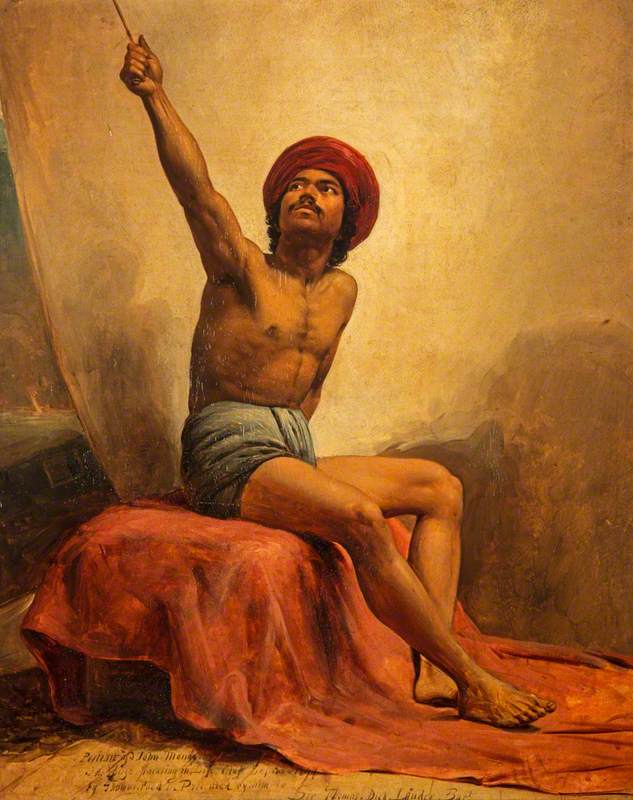
In Victorian Britain, people of colour were typically treated as objects rather than subjects in painting. In 1867 an art critic said: 'a black [figure] is eminently picturesque, his colour can be turned to good account in picture-making.'
Jan Marsh, Curator at the National Portrait Gallery, explains that black figures were often used to illustrate 'genre scenes, social comedy, historical and fictional figures African exploration and anti-slavery images, [...] exotic fantasy and straight portraiture.'
On top of this, she notes that the prospect of painting 'African complexions required different pigments, careful attention to exact hues and understanding of how light reflects from dark skin'. The desire to paint darker-skinned subjects was not simply about subject matter, but also to demonstrate expertise in painting.
Any understandings of Eaton's presence in Victorian painting must take into account the imperial attitudes of nineteenth-century society – including the backdrop of growing 'scientific racism' and the emergence of social Darwinism.
One of the first artists to show an interest in Fanny Eaton was Simeon Solomon (1840–1905), an English artist of Jewish descent who was affiliated with the Pre-Raphaelite Brotherhood. Solomon's beautiful graphite sketches of Eaton from 1859 can be viewed in The Fitzwilliam Museum, Cambridge.
Eaton's distinctive features – strong elegant jawline, pronounced high cheekbones and almond-shaped eyes – were clearly mesmerising to the artist, who may have quickly introduced her to others in his artistic circle.
We know that Eaton was employed regularly by the Royal Academy around this time, so it is likely that she met many renowned artists there. Records show she was paid 15 shillings for three sittings in July 1860. According to Jan Marsh, Eaton was in demand for subjects of 'diverse origin' (Black Victorians, p.192). Marsh also suggests that the children who appear in paintings alongside Eaton may have been her own.
Solomon's sister, Rebecca Solomon (1832–1886), also painted Eaton in the work A Young Teacher (1861) which belongs to a private collection but can be viewed in this article in AnOther Magazine.
The Mother of Moses
1860, oil on canvas by Simeon Solomon (1840–1905) 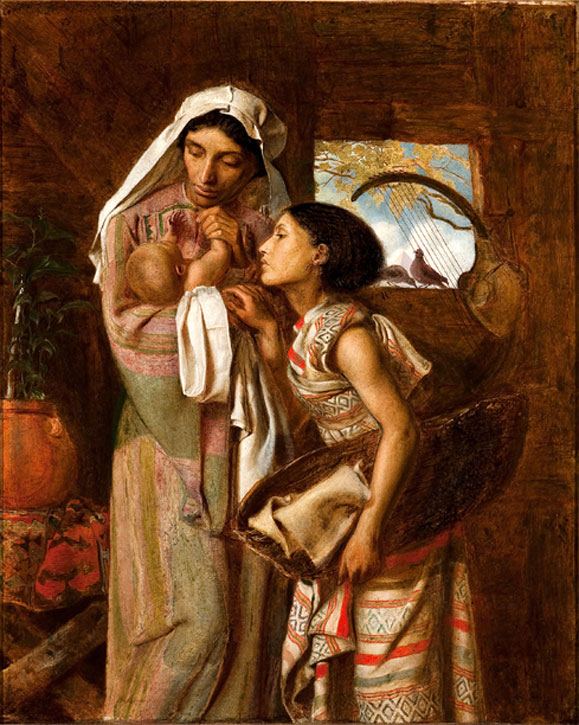
Simeon Solomon used Eaton again as a model for the painting The Mother of Moses, first exhibited at the Royal Academy in 1860, which marked the public debut of Eaton's modelling career for the Pre-Raphaelites. The work, which now belongs to The Delaware Art Museum, shows the maternal figure of Jochebed holding her child, and is compositionally reminiscent of depictions of the Madonna and Christ. Ferrari has argued that the painting is possibly a visual representation of Eaton's own family, as at the age of 19, she had just given birth to her son James and had a two-year-old daughter, also called Fanny.
According to the Delaware Museum, Solomon was concerned with what he thought was 'historical authenticity' and deliberately chose models with darker, Semitic features. This perhaps explains why he had chosen to use Eaton as his model. Ferrari believes Solomon also used Eaton in the paintings Judith and Her Attendant (1863) and Habet! (1865). Eaton certainly does look like the woman standing behind the others, wearing a pale headscarf.
Study of Fanny Eaton
c.1859–1860, black, red & white chalk on buff paper by Frederick Sandys (1829–1904) 
An artist acquainted with Solomon, Frederick Sandys (1829–1904) also became fixated with Eaton. He created this beautiful sketch in profile, which can be found in the British Museum. Sandys also used Eaton for this sketch, found in the collection of the Art Gallery of New South Wales, Sydney, Australia.
Sandys' Study for the Head of Morgan le Fay (1862) featuring Eaton is in the Victoria and Albert Museum.
Study for the Head of Morgan le Fay
c.1862, pencil drawing on paper with touches of red chalk by Frederick Sandys (1829–1904) 
In 1864, he completed a large-scale painting of the same subject, using the Romany gypsy model Keomi Gray instead of Eaton.
Another artist who employed Eaton as a model was Albert Joseph Moore (1841–1893), an English painter known for his works showing listless and reclining female figures, usually draped in classical robes.
Moore was a close friend of Solomon's, and it is likely that he was introduced to Eaton through the artist.
Moore created The Mother of Sisera in 1861, which portrayed Eaton as the mother of the military commander of the Canaanite army of King Jabin of Hazor – he features prominently in the Hebrew Bible (Judges 4–5).
In the same year, Eaton was painted by Joanna Mary Wells (1831–1861), a prominent female artist affiliated with the Pre-Raphaelites who often painted under her maiden name of Boyce. Boyce's exquisite portrait of Eaton in profile accentuates Eaton's beauty with refined shimmering fabric and jewellery, including turquoise beads and pearls.
Painted on paper laid on linen, the work is signed and dated 1861 and must have been created shortly before Boyce died in July of that year during childbirth.
Boyce's depiction of Eaton is perhaps the most dignified: her strength of character and beauty are directly conveyed. Importantly, she is clothed as if she was a wealthier woman, not someone from an improverished, working-class background.
Boyce's painting was in preparation for a larger unfinished work that depicted Eaton as a Libyan Sybil. If completed, this work would have been exhibited at the Royal Academy in 1862.
Boyce was the sister to artist George Price Boyce, a close friend of the leading Pre-Raphaelite Dante Gabriel Rossetti (1828–1882).
In 1864, Eaton modelled for Ford Madox Brown (1821–1893). It is possible that she appears in the painting Elijah and the Widow's Son (1864). The earliest version of this work is found in the Birmingham Museums Trust.
A later watercolour of the same subject was created in 1868 and can be found in the Victoria and Albert Museum.
Sometime between 1863 and 1865, Rossetti created this wonderful sketch of Eaton, which is in Stanford University's Cantor Arts Center Collection.
Study of a Young Woman (Mrs Eaton)
c.1863–1865, black chalk & charcoal with stumping on paper by Dante Gabriel Rossetti (1828–1882) 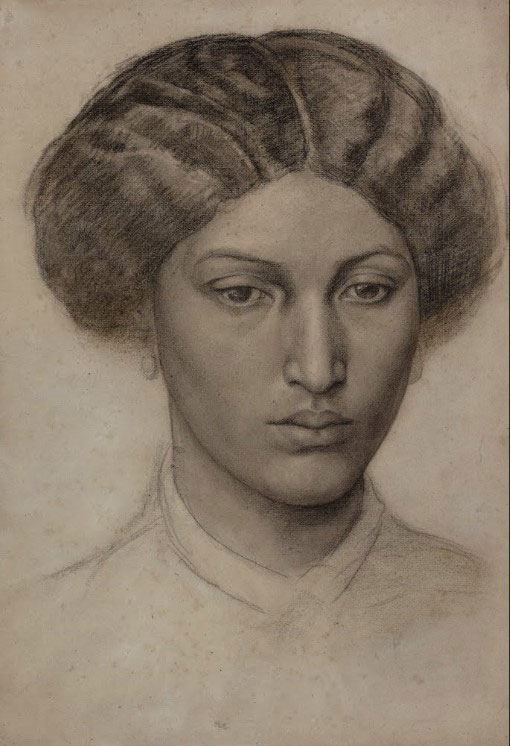
In 1865, Rossetti wrote to Ford Madox Brown to compliment Eaton's beauty, writing: 'very fine head and figure'. He had equated her beauty to that of 'Janey', referring to Jane Morris – his favourite muse and lover.
In August of that year, Rossetti wrote to Brown stating about Eaton: 'she isn't Hindoo [...] but mulatto', which suggests that artists were perhaps unsure about her origins, regarding her lighter complexion as a reason to portray her as Hebrew, Middle Eastern or Indian. Interestingly, she was rarely painted as 'Jamaican'.
Between 1865 and 1866, Rossetti painted The Beloved (The Bride), a large-scale work illustrating the Biblical tale of the Song of Solomon and featuring other figures of colour, including an African page boy who appears in the foreground of the painting.
Eaton is barely detectable as she stands in the background, behind the other women on the right-hand side of the painting. It has been suggested that Rossetti's inclusion of darker-skinned models in this painting – representing the virginal bridesmaids who flank the bride – was to emphasise the whiteness of his central model, but also to pay homage to Edouard Manet's Olympia, which had been exhibited publicly in 1865.
In 1867, Eaton appeared in the top-right corner of John Everett Millais' Jephthah, a work often believed to be the last painting in which she featured.
However, nearly two decades later, a model who bears a resemblance to Eaton appears in the 1886 work The Slave by William Blake Richmond (1842–1921).
There is still little scholarship about Richmond's The Slave. However, Brian Eaton strongly believes the woman in this painting is Fanny Eaton.
In agreement, Jan Marsh suggests in her blog that the model is Eaton, but that the date of the painting possibly predates 1886. Marsh suggests instead that the painting was created in the 1860s, a time when British artists were exploring subjects to do with the Emancipation Proclamation and American Civil War (1861–1865).
Marsh suggests Eaton may have also been the model in Edwin Long's Uncle Tom's Cabin (1866).
Although there is some similarity, the model in this painting doesn't appear to have the same angular bone structure as Eaton.
Long, like many other artists of the nineteenth century, painted subject matters to do with slavery and emancipation. He deliberately chose darker-skinned female models to paint from an 'Orientalist' and sometimes voyeuristic perspective, seen in works such as The Babylonian Marriage Market of 1875.
Why was Eaton's career as an artist's model so brief?
Lizzie Siddal, the first wife, artist and muse to Rossetti was featured in paintings from the 1850s until her premature death in 1862. Jane Morris, Rossetti's second partner and muse, featured in paintings regularly between the 1860s and 1880s.
Other muses such as Alexa Wilding, the Greek-born artist Marie Spartali Stillman and sculptor Maria Zambaco appear in more paintings from the 1870s to 1880s, including many by Edward Burne-Jones (1833–1898).
After 1867, Eaton virtually disappeared in Pre-Raphaelite paintings, which is peculiar. We know that a 'Miss Fanny Eaton' was recorded modelling at the Royal Academy between 1874 and 1879, but perhaps this could have been her daughter, also called 'Fanny Eaton'.
Following her later life through the censuses, in 1871 she and her family were living in Islington; by 1881 she was widowed, and living in Kensington as a needlewoman; and by 1891 she was a housekeeper in Hammersmith, living with several of her children (interestingly her daughter Miriam is listed as an artist's assistant). In 1901 she was a domestic cook on the Isle of Wight, and by 1911, now in her seventies, she was living back in Hammersmith with Julia, her daughter, and Julia's husband and two children.
Fanny Eaton died at the age of around 89 in 1924, most likely in the home of one of her children. According to Marsh, her final resting place is Margravine Cemetery in Hammersmith.
As well as the mystery of her disappearing from paintings after 1867, Eaton's presence was overlooked by art historians and biographers in the following decades. Her obscurity in art history was likely to do with her race, but will have been compounded by her working-class origins.
As Jan Marsh wrote in the catalogue for her exhibition 'Black Victorians' at Manchester Art Gallery: 'the fact that the black presence in British art through the nineteenth century has been ignored and that art historians, virtually all white, have seldom looked for it, is no accident, but the result of class and cultural power.'
We don't yet know enough about why Eaton fell from the limelight, though today we can – and should – begin to re-evaluate her status within British art history.
Lydia Figes, Content Creator at Art UK
Further reading
Sue Bradbury, Joanna, George and Henry: A Pre-Raphaelite Tale of Art, Love and Friendship, 2012
Roberto C. Ferrari, 'Fanny Eaton: The 'Other' Pre-Raphaelite Model', PRS Review, 2014
Gretchen Holbrook Gerzina, Black Victorians/Black Victoriana, 2003
Jan Marsh, Black Victorians: Black People in British Art 1800–1900, Manchester Art Gallery, 2005
Jan Marsh, 'Pictured at Work: Employment in Art (1800–1900)', Historical Studies in Ethnicity, Migration and Diaspora, Vol. 28, 2010
Pamela Gerrish Nunn, 'Artist and Model: Joanna Mary Boyce's Mulatto Woman', Journal of Pre-Raphaelite Studies 2, 1993
Judy Raymond, 'Fanny Eaton: forgotten beauty' in Caribbean Beat, Issue 143, January/February 2017
Shola von Reynolds, 'Fanny Eaton: The Black Pre-Raphaelite Muse that Time Forgot', AnOther Magazine, March 2016
Jan Marsh's blog: www.janmarsh.blogspot.com
